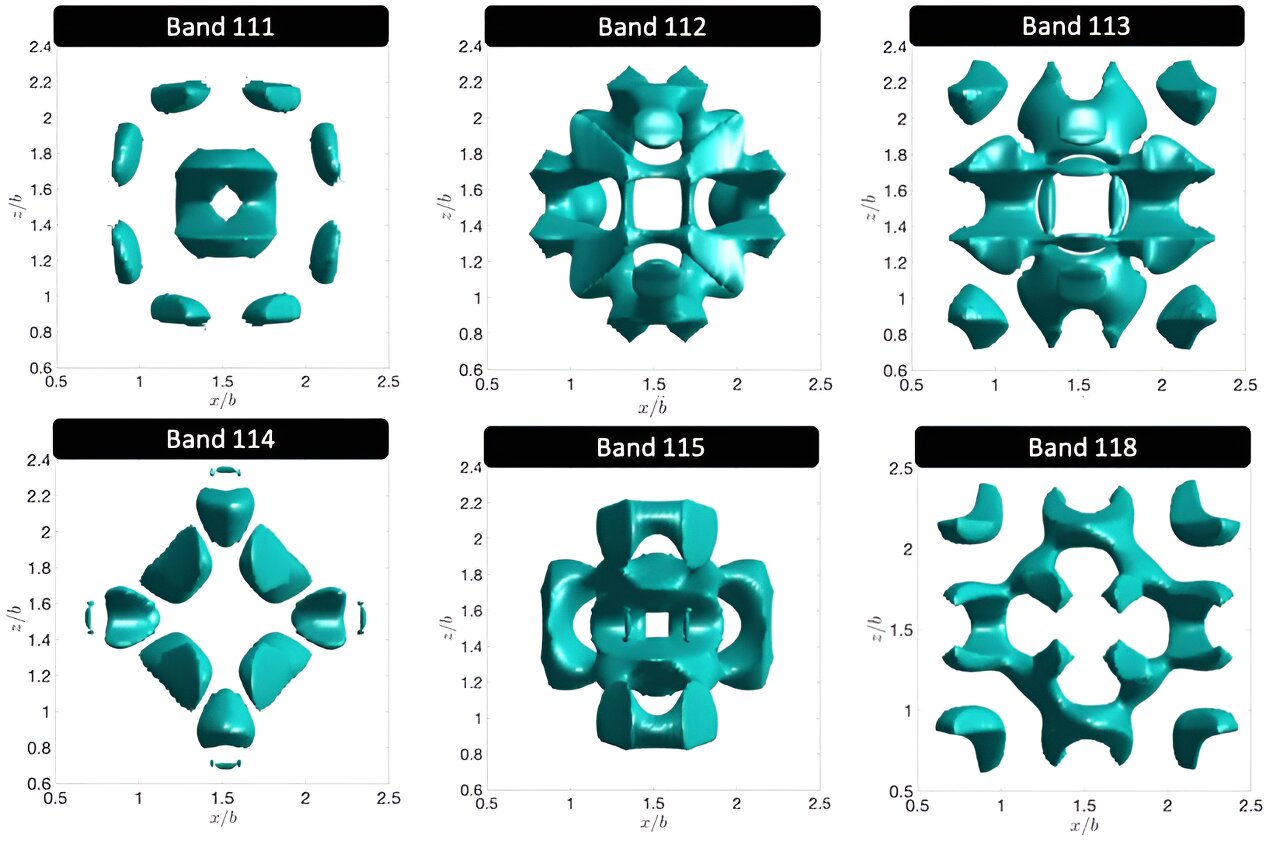These are photonic orbitals.
They result from various energy levels.

These are "symmetries". They can be calculated algebraically, using group theory.
Group theory is the foundation of algebraic topology. You can use it to determine which shapes are "allowable".
Generally, any shape that's allowable under the symmetry group, will be observed.
These shapes also apply directly to neural networks. Memories have shapes. Shapes are recognized by the feature detectors in the cerebral cortex. Similar memories can be distinguished by their shapes.

 phys.org
phys.org
They result from various energy levels.
These are "symmetries". They can be calculated algebraically, using group theory.
Group theory is the foundation of algebraic topology. You can use it to determine which shapes are "allowable".
Generally, any shape that's allowable under the symmetry group, will be observed.
These shapes also apply directly to neural networks. Memories have shapes. Shapes are recognized by the feature detectors in the cerebral cortex. Similar memories can be distinguished by their shapes.

New shapes of photons open doors to advanced optical technologies
Researchers from the University of Twente in the Netherlands have gained important insights into photons, the elementary particles that make up light. They 'behave' in an amazingly greater variety than electrons surrounding atoms, while also being much easier to control.
